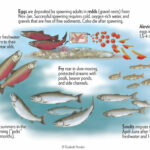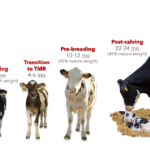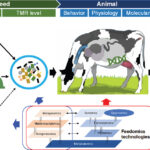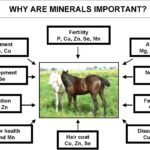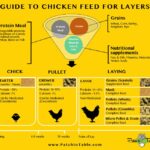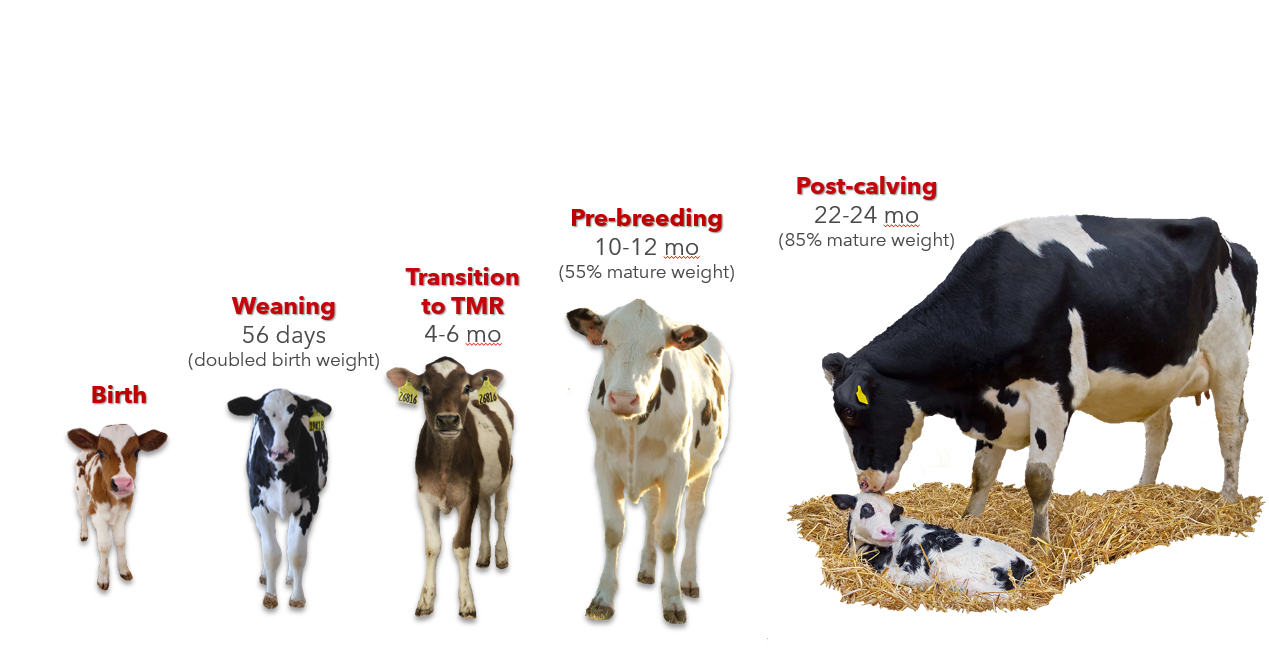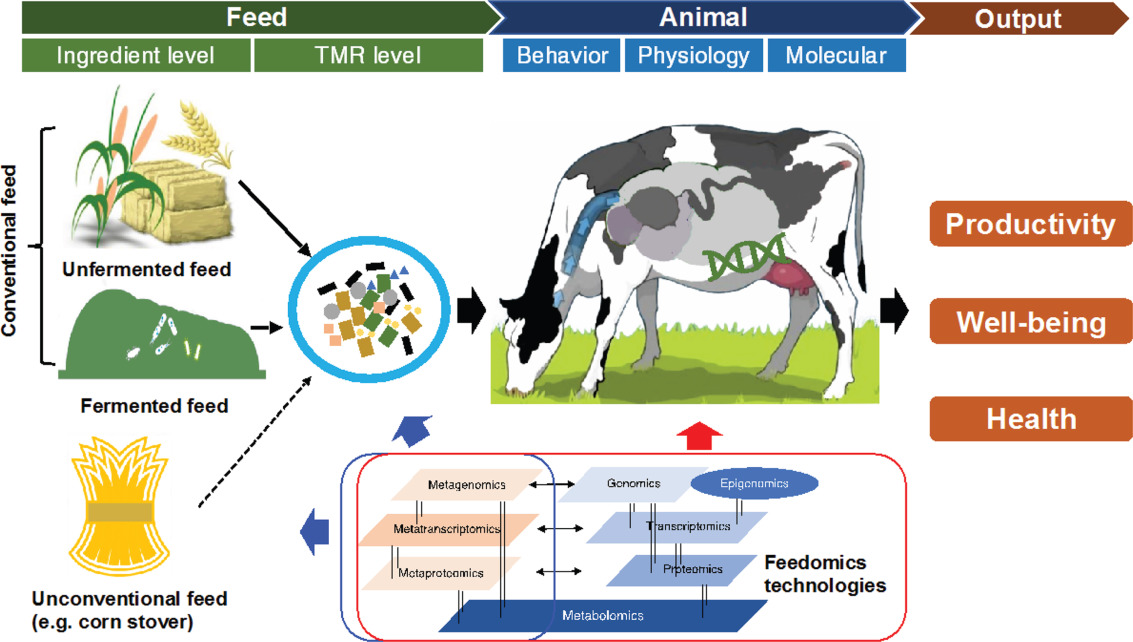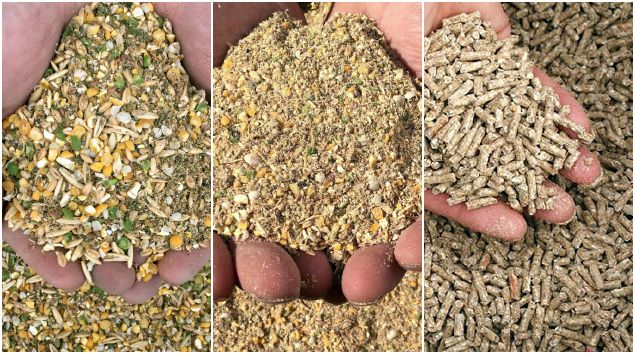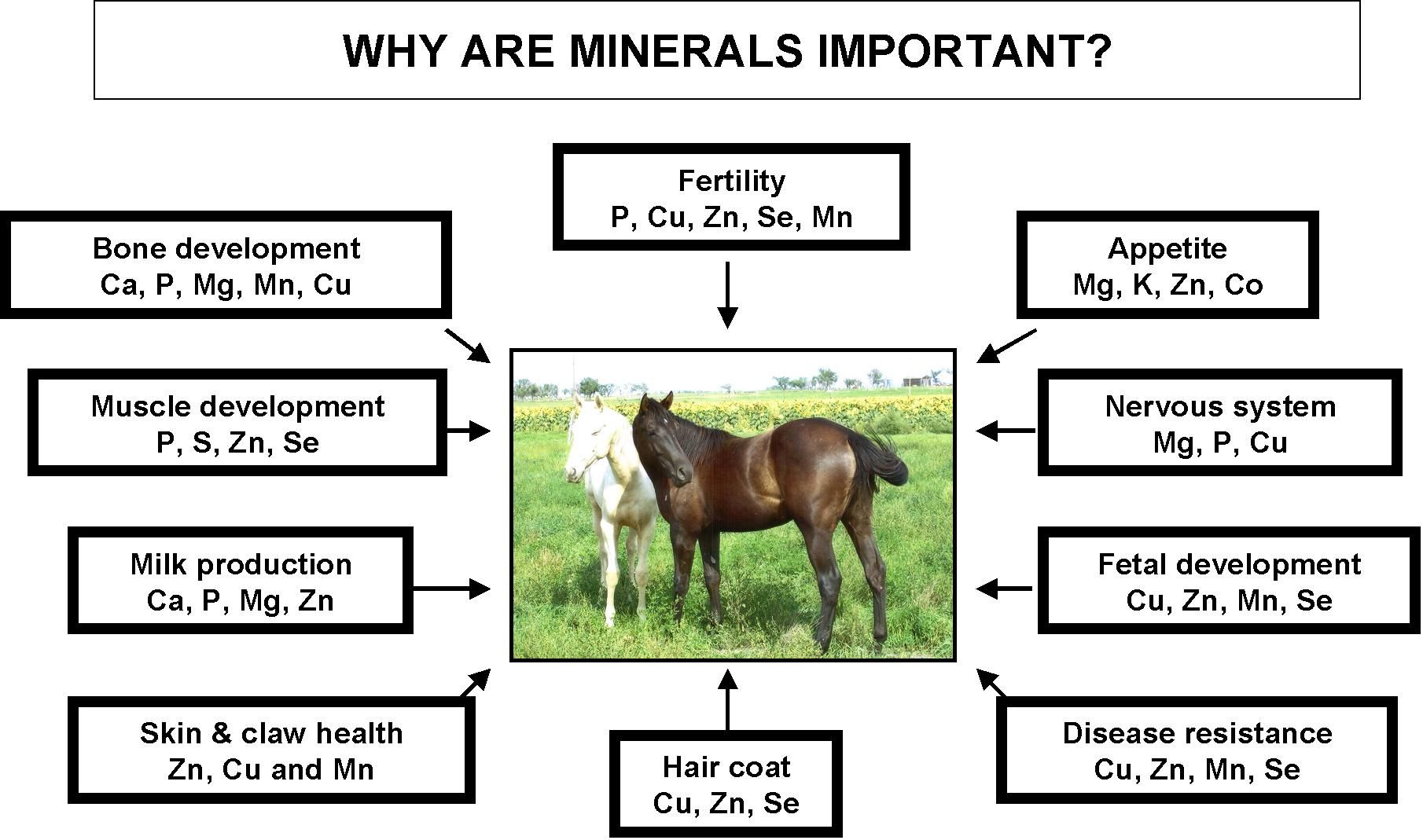Overfeeding and underfeeding livestock and poultry can have significant impacts on their health, productivity, and overall profitability. The effects on animal performance and the economic importance of these issues are crucial for farmers and producers to understand in order to make informed decisions about nutrition, feeding practices, and resource management.
Thank you for reading. Don't forget to subscribe & share!
Effect of Overfeeding in Livestock and Poultry:
Health Problems:
Obesity: Overfeeding leads to excessive weight gain, which can cause obesity in animals. This is particularly problematic in poultry, as it can affect mobility and overall health.
Metabolic Disorders: In ruminants, overfeeding—especially with high-energy feeds—can lead to metabolic disorders such as acidosis, ketosis, and laminitis, reducing animal performance and productivity.
Bloat in Ruminants: Overfeeding of high-starch or poorly fermented feed can cause bloat, leading to digestive issues and even death in severe cases.
Liver Damage: Overfeeding in livestock can strain the liver, particularly when there is an excess of nutrients like fat and protein, leading to liver dysfunction.
Reduced Productivity:
Impaired Reproductive Performance: Excessive feeding, especially of energy-rich diets, can interfere with the hormonal balance of animals, leading to poor reproductive performance (e.g., low fertility rates in cattle or poultry).
Reduced Feed Conversion Efficiency (FCR): Overfeeding can result in inefficient feed utilization. Animals may consume more feed than necessary without gaining proportionally more weight or producing more milk, eggs, or wool, leading to wasteful use of resources.
Economic Impact of Overfeeding:
Increased Feed Costs: Overfeeding leads to higher feed expenses, which are the largest operational cost for many livestock and poultry producers. If feed is not being fully utilized for growth or production, this represents a direct financial loss.
Decreased Profitability: Excess feed consumption without a corresponding increase in product yield reduces the overall profitability of farming operations.
Increased Veterinary Costs: Overfeeding can cause health issues that may require medical treatment, leading to additional veterinary expenses.
Effect of Underfeeding in Livestock and Poultry:
Health and Growth Issues:
Malnutrition and Deficiency Diseases: Underfeeding can lead to malnutrition, resulting in deficiencies in essential nutrients like vitamins, minerals, and proteins. This can impair growth, development, and immune function in animals.
Weak Immune System: Malnourished animals are more susceptible to diseases and infections, leading to higher mortality rates and increased veterinary expenses.
Poor Growth and Reduced Weight Gain: Underfeeding, particularly during critical growth phases, can result in poor weight gain, stunted growth, and failure to reach optimal market weight in a timely manner.
Reduced Productivity:
Lower Milk and Egg Production: For dairy cattle, underfeeding can result in reduced milk yield and lower milk quality. Similarly, poultry may produce fewer eggs, or the eggs may be of lower quality (e.g., smaller size).
Poor Reproductive Performance: Insufficient nutrition can impair reproductive health, leading to delayed or failed breeding and reduced offspring survival rates.
Decreased Feed Conversion Efficiency (FCR): Inadequate feeding reduces an animal’s ability to efficiently convert feed into body weight or product yield, further reducing profitability.
Economic Impact of Underfeeding:
Decreased Animal Value: Underfed animals may take longer to reach market weight or may never achieve optimal size and quality, lowering the value of the animals and reducing revenue.
Reduced Product Yield: Reduced milk, egg, or meat production directly decreases the farm’s output, leading to lost revenue.
Increased Health Costs: Underfed animals are more prone to illness, requiring additional veterinary care and leading to higher health-related costs, which reduce overall farm profitability.
Increased Labor and Management Costs: Managing malnutrition issues requires more time, effort, and expertise, which adds to labor costs.
Economic Importance:
Cost of Feed:
Feed is the largest single cost in livestock and poultry production. Proper feeding practices—whether it’s ensuring animals are neither overfed nor underfed—are essential for optimizing feed costs and improving overall efficiency.
Overfeeding leads to wastage of feed, while underfeeding leads to lower productivity, both of which impact the cost-effectiveness of livestock operations.
Efficiency in Feed Conversion:
Feed conversion efficiency (FCR) is a key performance indicator for livestock and poultry. Properly balanced feeding ensures that animals convert feed into products (such as milk, eggs, or meat) most efficiently. Both overfeeding and underfeeding can impair FCR, leading to inefficient use of feed and higher costs per unit of product produced.
Achieving an optimal FCR means that producers can reduce their input costs and increase profitability.
Long-Term Sustainability:
Overfeeding and underfeeding can have long-term effects on the sustainability of a farming operation. Chronic underfeeding may lead to a cycle of poor animal health and lower productivity, while overfeeding may waste resources and increase environmental impacts (such as excess manure or greenhouse gas emissions from overly high-feed diets).
Balancing feed ensures better resource use, reducing the overall environmental footprint of the operation and contributing to its long-term viability.
Market Competitiveness:
Producers who can achieve optimal feeding practices are more competitive in the market. They can lower production costs, increase the quality of their products, and maintain better animal health, all of which help them maintain a competitive edge in the marketplace.
Conversely, those who overfeed or underfeed may experience higher costs or reduced quality, which can put them at a disadvantage in a competitive market.
Conclusion:
Both overfeeding and underfeeding in livestock and poultry can have severe consequences on animal health, productivity, and overall farm profitability. Ensuring animals receive the correct amount and type of feed for their specific needs is crucial for optimizing feed efficiency, reducing costs, and maximizing output. Effective nutritional management not only improves animal health but also enhances farm sustainability, reduces waste, and improves profitability in the long run. Therefore, balancing feeding practices is vital for economic success in animal husbandry.

